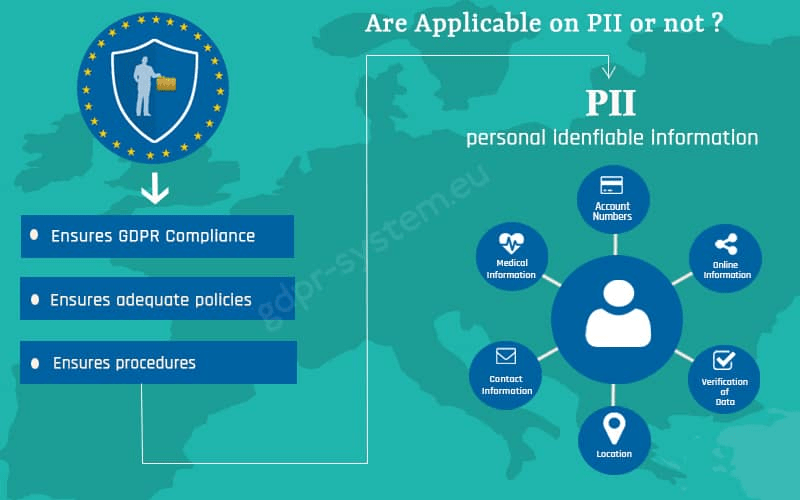Expert's View: What Data Does Google Analytics Prohibit Collecting?
Wiki Article
Grasping the Art of Conquering Data Collection Limitations in Google Analytics for Better Decision-Making
In the world of electronic analytics, the capability to remove significant insights from data is critical for notified decision-making. By using advanced techniques and critical techniques, organizations can raise their data top quality, unlock concealed understandings, and lead the means for even more effective and enlightened choices.Information Top Quality Analysis
Information top quality assessment entails assessing numerous elements such as accuracy, completeness, consistency, and timeliness of the data. One crucial facet to take into consideration is data precision, which refers to how well the information shows the true worths of the metrics being determined.
Completeness of data is one more vital consider assessing information top quality. It includes ensuring that all needed data factors are accumulated and that there are no gaps in the details. Incomplete information can skew evaluation results and prevent the ability to obtain a thorough view of user habits or site performance. Uniformity checks are likewise important in information quality evaluation to recognize any type of discrepancies or abnormalities within the information collection. Timeliness is equally vital, as obsolete information may no more be appropriate for decision-making procedures. By prioritizing information top quality assessment in Google Analytics, businesses can improve the dependability of their analytics reports and make even more informed choices based on precise insights.
Advanced Tracking Techniques
Utilizing innovative monitoring methods in Google Analytics can dramatically boost the depth and granularity of data accumulated for more thorough evaluation and insights. One such method is occasion monitoring, which enables for the monitoring of specific interactions on a website, like clicks on buttons, downloads of files, or video sights. By executing occasion monitoring, services can obtain a much deeper understanding of individual habits and engagement with their on-line content.In addition, personalized measurements and metrics supply a way to tailor Google Analytics to particular company needs. Customized dimensions allow for the creation of new data factors, such as customer duties or consumer sections, while customized metrics make it possible for the monitoring of one-of-a-kind performance signs, like income per user or ordinary order worth.
Furthermore, the utilization of Google Tag Supervisor can streamline the application of tracking codes and tags across an internet site, making it easier to handle and release innovative monitoring configurations. By taking advantage of these sophisticated tracking techniques, organizations can unlock important understandings and enhance their on-line methods for far better decision-making.
Custom-made Measurement Implementation
To boost the depth of information accumulated in Google Analytics beyond innovative monitoring techniques like event monitoring, companies can implement customized dimensions for even more tailored understandings. Customized measurements allow businesses to specify and collect specific information points that relate to their distinct goals and purposes (What Data Does Google Analytics Prohibit Collecting?). By designating custom measurements to different components on a website, such as individual communications, demographics, or session details, organizations can acquire a much more granular understanding of how users involve with their on-line properties
Acknowledgment Modeling Techniques
Efficient attribution modeling is vital for understanding the effect of different marketing networks on conversion courses. By employing the ideal acknowledgment model, services can accurately associate conversions to the appropriate touchpoints along the client trip. One usual attribution design is the Last Communication model, which gives debt for a conversion to the last touchpoint a user interacted with before converting. While this design is straightforward and easy to carry out, it usually oversimplifies the client journey, neglecting the influence of other touchpoints that contributed to the conversion.
Data Tasting Evasion
When managing big volumes of data in Google Analytics, conquering data tasting is vital to make certain exact insights are acquired for educated decision-making. Information go to this site tasting happens when Google Analytics estimates patterns in information as opposed to analyzing the full dataset, possibly causing skewed outcomes. To prevent data sampling, one reliable strategy is to decrease the date array being evaluated. By concentrating on much shorter timespan, the chance of encountering sampled data decreases, providing an extra exact representation of customer actions. Furthermore, utilizing Google Analytics 360, the costs version of the system, can assist mitigate tasting as it enables higher data limits before tasting begins. Implementing filters to tighten down the data being evaluated can additionally help in preventing tasting issues. By taking these positive actions to reduce data sampling, organizations can draw out extra accurate understandings from Google Analytics, causing better decision-making and boosted total performance.Final Thought
Finally, grasping the art of getting over data collection constraints in Google Analytics is vital for making informed decisions. By conducting an extensive information high quality analysis, implementing innovative monitoring techniques, making use of customized measurements, utilizing attribution modeling methods, and staying clear of information sampling, organizations can ensure that they have reputable and precise data to base their decisions on. This will ultimately cause extra effective approaches and better end results for the company.
Report this wiki page